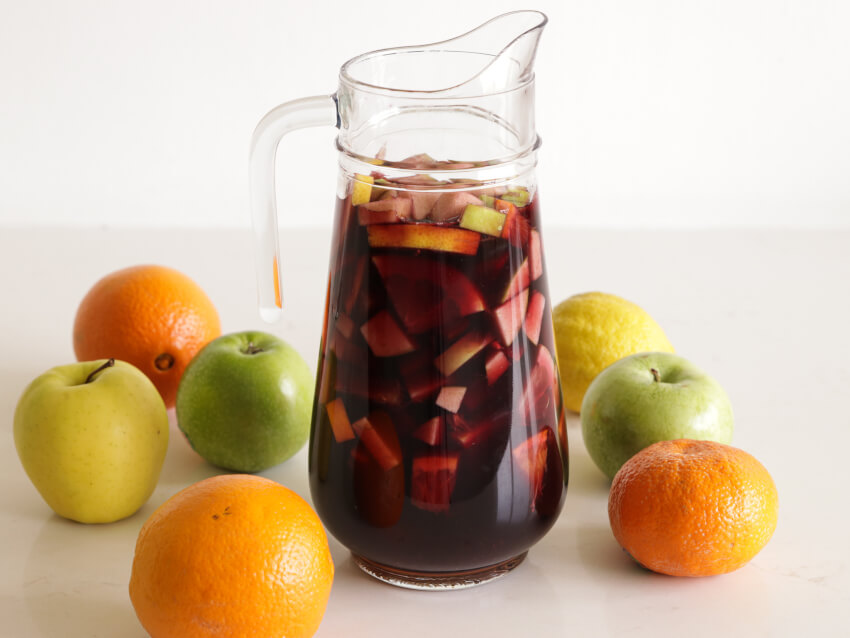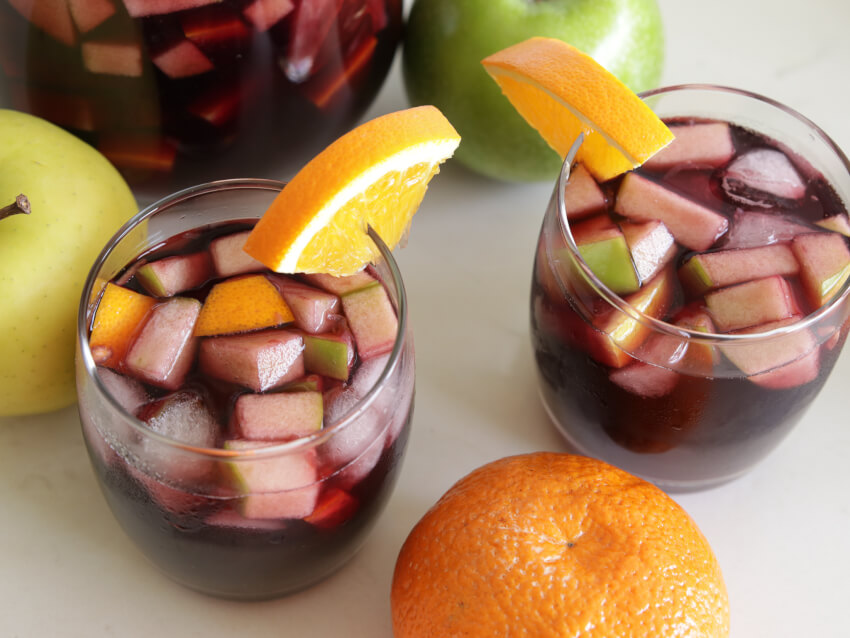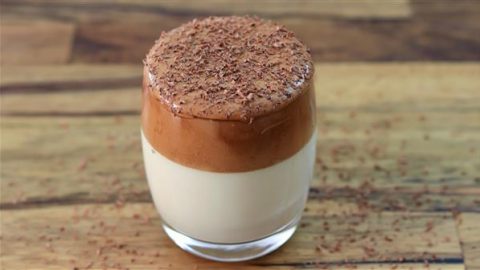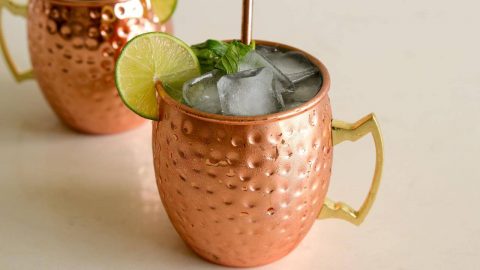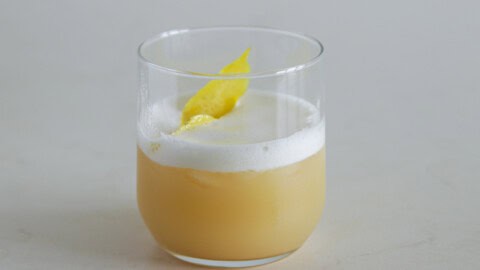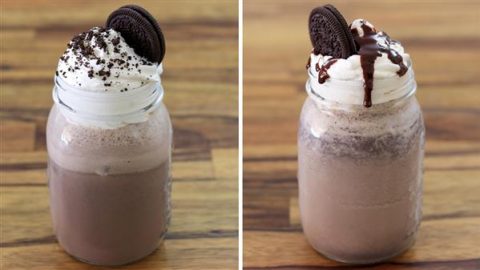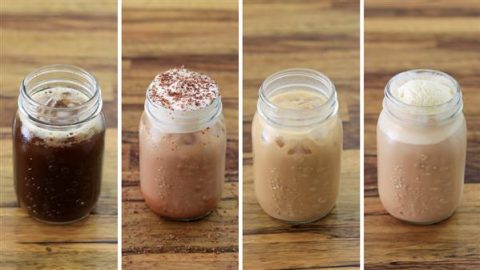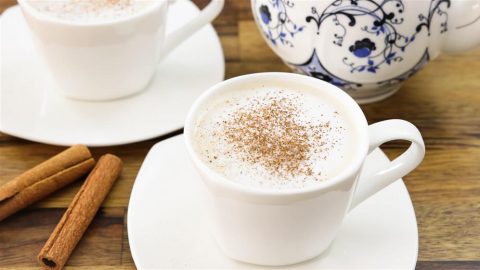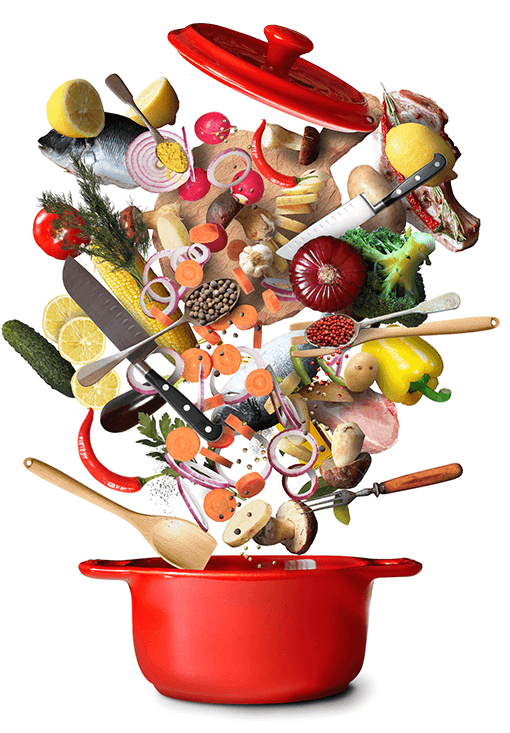Sangria Recipe | How to Make Sangria
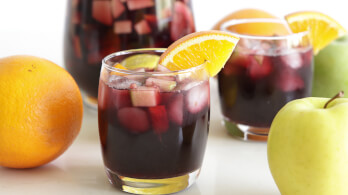
Authentic Spanish sangria is the perfect cocktail for hot summer days. If you having a party and want to impress your guests with a nice and cold sangria, this recipe is for you! Forget about regular wine and surprise your friends with this beautiful drink.

Sangria Recipe | How to Make Sangria
Ingredients
- 2 Oranges
- 1 Apple
- 1 Lemon
- 1 bottle Red wine
- ¼ – 1/2 cup 60-120ml Brandy (optional)
- 2-3 tablespoons Honey/maple syrup or other sweetener of your choice optional
- 1 Cinnamon stick
- Ice
Instructions
- DIRECTIONS
- Cut the fruits and transfer into a large pitcher.
- Squeeze the juice of one orange and add to the pitcher.
- Add the brandy (optional), the sweetener, cinnamon stick and mix. Finally pour the wine.
- Keep in the refrigerator for at least 2 hours before serving.
- Serve sangria over ice and top with orange slices.

WHAT FRUITS CAN WE USE TO MAKE SANGRIA?
The basic version of sangria is: orange, apple and lemon. But you really can add almost any fruit that you like. Some of the most popular fruits in sangria are: pears, apricots, peaches, pineapples, blueberries, raspberries, strawberries. WHAT SWEETENER IS THE BEST FOR SANGRIA? Usually, sangria is made with sugar or honey. But you can play around and add your favorite sweetener or use what you have on hand. Such as: maple syrup, agave syrup, brown sugar or any other sweetener. DO WE HAVE TO ADD BRANDY TO SANGRIA?
Traditionally, in Spain they add to sangria a portion of brandy, it adds a nice kick to the cocktail. If you don’t like brandy or you don't have brandy, you can use instead cognac or even maybe whisky. You can add as much or as little as you like. Usually, it's recommended to add 1/4 cup for each bottle of wine.
DO WE HAVE TO ADD BRANDY TO SANGRIA?
Traditionally, in Spain they add to sangria a portion of brandy, it adds a nice kick to the cocktail. If you don’t like brandy or you don't have brandy, you can use instead cognac or even maybe whisky. You can add as much or as little as you like. Usually, it's recommended to add 1/4 cup for each bottle of wine.
Video


